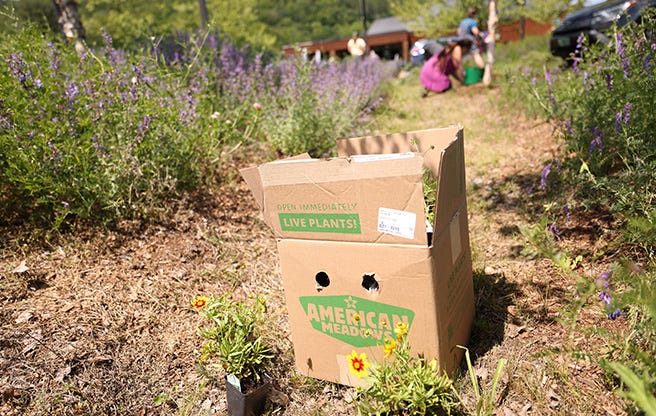A native of Central Asia (Iran, Uzbekistan and Turkistan), this is one of the species tulips that has the natural tulip shape.' And at 10 inches, it's also taller than most. Even though it is small compared to the hybrids today, it is a clear miniature of the famous tulip 'cup' shape and carries the stunning color of many of the most popular tulips of today. Even though this one is known as 'Bronze Charm', most people consider the color a deep buttery gold. Like other species tulips, it is dependably perennial and very useful for early color in a rock garden, in the front of a border, meadow, or any spot where its brilliant beauty can be appreciated. The bulbs are small, so planting takes just minutes. And you'll enjoy these little beauties during early spring every year from the day you plant them.
By the way, the name Batalini is not for some Renaissance Italian flower painter. It's for Russian botanist Alexander Feodorowicz Batalin, curator during the late 1800's at the Imperial Botanical Garden of St. Petersburg. Dr. Batalin sent the first of this group of tulips to England's Kew Gardens in 1888, and they were introduced into trade by the Dutch a few years later.
The Wild Tulips: There are about 150 species of tulips that occur in the wild from Central Asia all the way to Spain and Portugal. Most are native to rocky, arid regions east of Europe. It is hard to believe that these little flowers, more the size of crocus, are the original forms of the big flashy hybridized tulips we all know and love. But to any wildflower gardener who looks close, the brilliant colors and even the petal shapes and other characteristics are there. (By the way, all the species bulbs we sell are produced in Holland, so they are never gathered in the wild in their native lands.) They are all really botanical heirlooms in the truest sense, and deserve a place in every wild garden.




